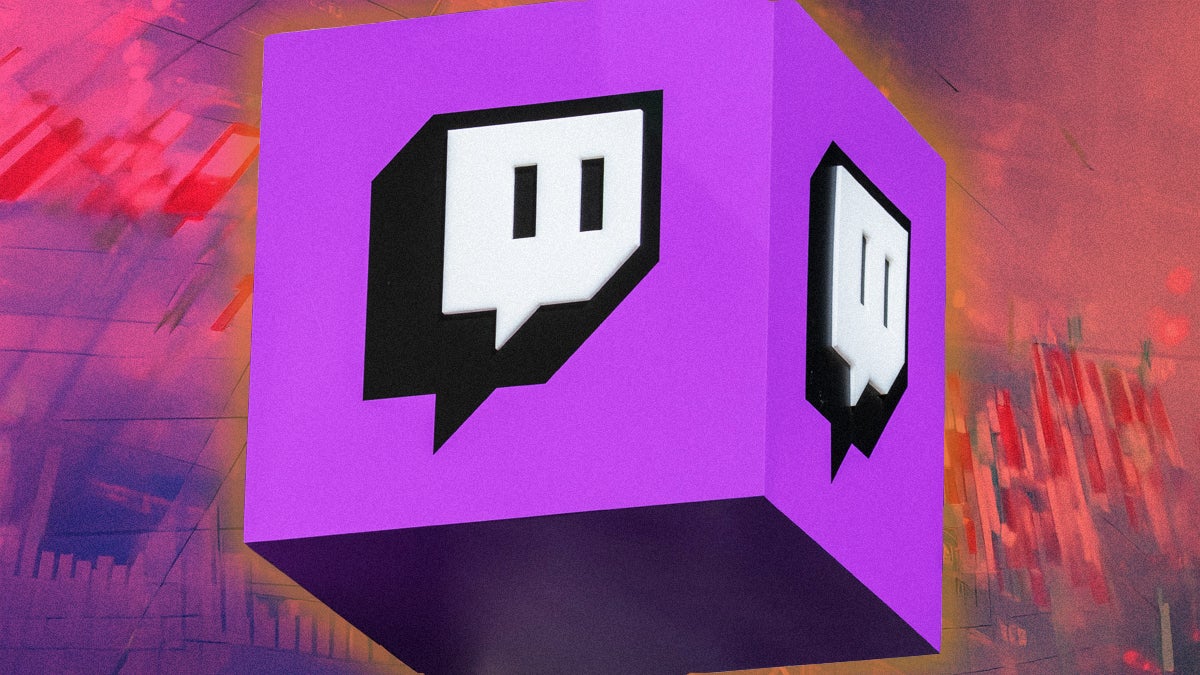
Over the past week, almost a half dozen Twitch creators have shared that they have been getting paid less for ads. The numbers in the clips have been staggering, with financial creator ThatStockGuy claiming that his revenue was down “95 percent” from the week before and gaming creator Lacy saying his ad revenue went “from $10,000 plus, at some points, per day, to now like $2000 a day.”
These clips have caused an uproar in the Twitch community, with many vocal social media users believing that advertisers are fleeing, leading to the platform’s “adpocalyse.”
The first “adpocalypse” happened on YouTube in 2017 when advertisers learned that their ads were being placed alongside objectionable content. The Wall Street Journal reported that multiple brands including PepsiCo, Walmart, and Dish Network would be suspending ads.
In response to the bleeding, YouTube created a whole new monetization system where videos could be deemed advertiser-friendly if they did not contain profanity, adult themes, or violence. Though most advertisers returned within a year when the buzz died down, it left a permanent mark that’s scarred creators to this very day.
This is why the idea of a new “adpocalypse” taking over Twitch is terrifying creators, and they are trying to find a reason as to why some creators’ revenue is falling. One theory going around online is that creators are losing revenue due to recent changes in how Twitch restricts ads on political content.
On Nov. 1, Twitch announced that streamers discussing topics like elections, protests, civil unrest, foreign policy, reproduction rights, immigration, gender, race, sexuality, and religion will have to label their content under a political tag that could limit advertisements.
Some have blamed these rule changes on extreme rhetoric on the platform, with Zach “Asmongold” Hoyt recently receiving a 14-day ban on Twitch after making hateful comments claiming that Palestinians have an “inferior culture.”
Others have tried to scapegoat some of the most popular leftist creators on Twitch, like political commentator Hasan Piker or the “Ayyrabs” podcast, for contributing to more stringent content moderation and advertising rules on political topics.
However, the advertising answer might not have such a politically charged answer. In 2021, Twitch first introduced content classification tags, which streamers could use to label their content with more unique terms, like “good vibes,” “vtuber,” or “chatty.”
These have mostly just been used as memes that add jokes (Kai Cenat labels his streams as “loud” and “short”) but it looks like some might be leading to fewer ads. Some labels, like politics or NSFW, can lead to advertising restrictions on the platform, though its unclear which do and to what extent.
Gaming creator FaZe Kaysan claimed that a Twitch representative told him that his channel was demonetized for including “Iran” in his tags. Streamer Irissiri129 shared that since the middle of October 2024, while using sexual themes as tags, her ad payouts have dropped to essentially nothing.
Now, as you scroll on Twitch, there are still ads for organizations ranging from Peloton to the U.S. Food and Drug Administration. There have also been no advertisers releasing statements saying they are pulling off the platform, unlike in YouTube’s adpocalypse days.
However, internet reporter Richard Lewis has claimed on Substack that anonymous sources inside Twitch shared that “significant companies have paused their advertising spending with the streaming platform.”
It’s unclear what exactly is going on, but it’s unclear if the sky is falling on Twitch’s advertising ecosystem just yet.




